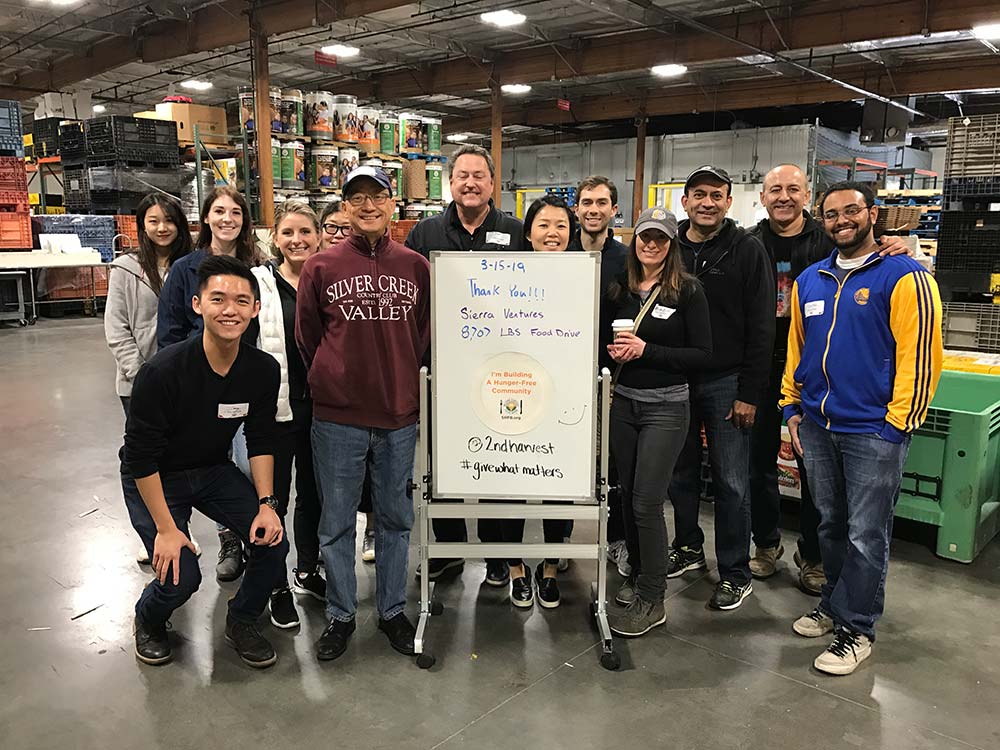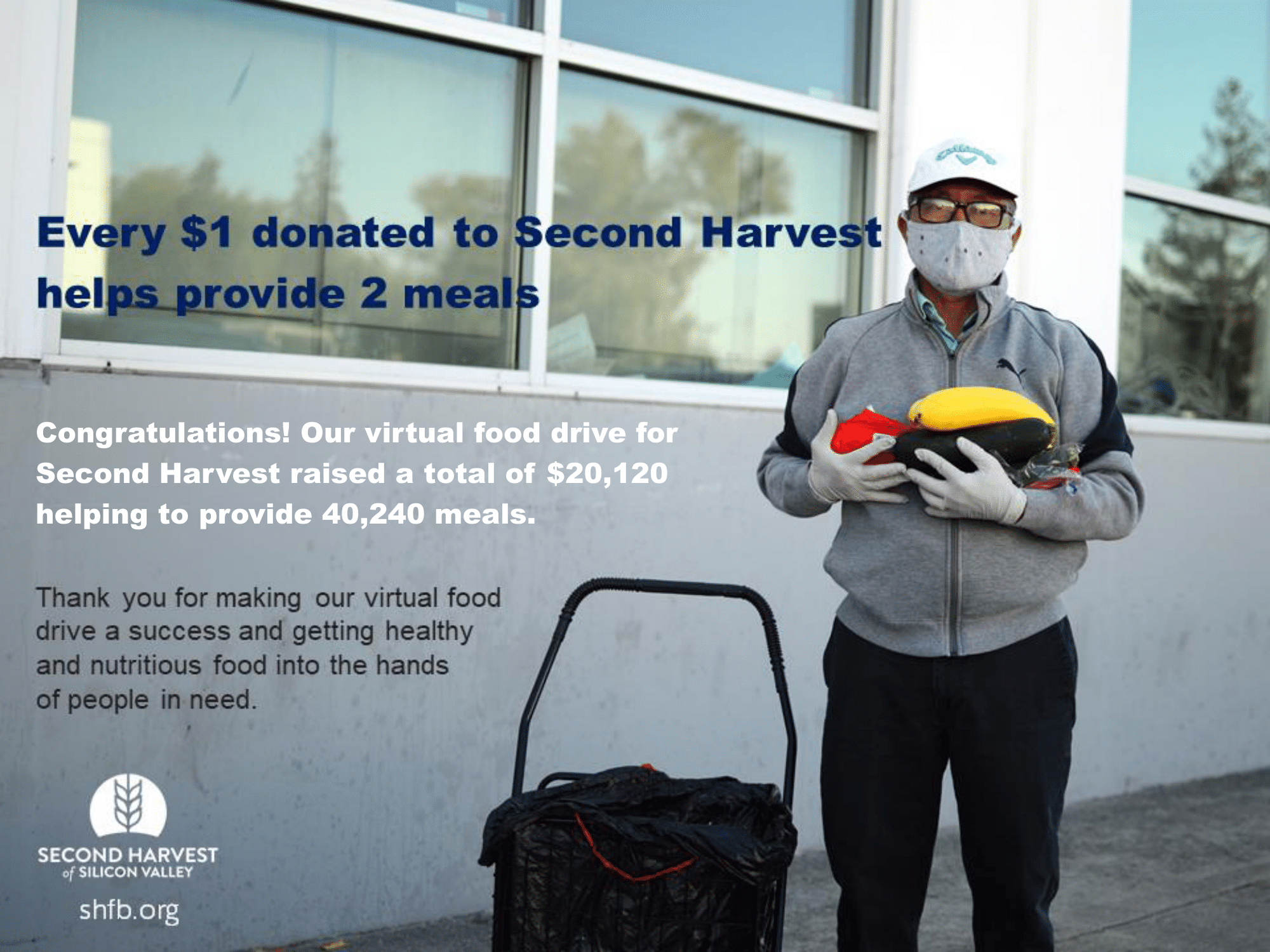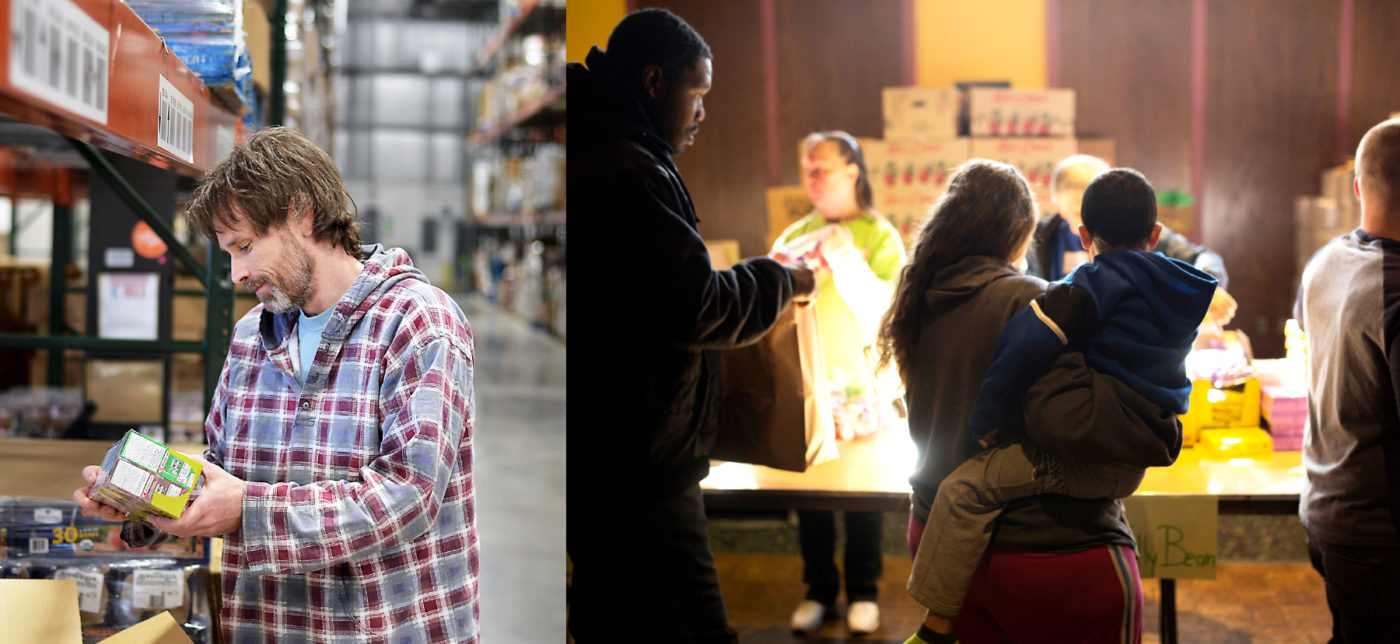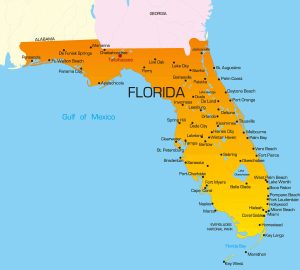In a nation where food insecurity affects millions, the Second Harvest Food Bank stands as a beacon of hope for countless families. As one of the largest food banks in the United States, it plays a critical role in addressing hunger and ensuring that nutritious food reaches those who need it most. This article explores what the Second Harvest Food Bank is, how it operates, and the impact it has on communities across the country.
Understanding the Second Harvest Food Bank
The Second Harvest Food Bank is a nonprofit organization dedicated to fighting hunger through food distribution, education, and community partnerships. It operates under the umbrella of the Feeding America network, which connects over 200 food banks nationwide. With its mission rooted in providing access to healthy food, Second Harvest works tirelessly to ensure that no individual or family goes hungry.
One of the key aspects of the Second Harvest Food Bank is its ability to accept a wide range of food donations. From dry goods to perishable items, the organization collects and distributes food to those in need. The bank has multiple warehouse locations, including in Nashville, Smyrna, and Camden, where donations can be dropped off from 8:00 a.m. to 4:30 p.m., Monday through Friday. Additionally, non-perishable items can be donated at Kroger stores through designated donation barrels.
How the Second Harvest Food Bank Operates

The operation of the Second Harvest Food Bank involves several key components:
- Food Collection: The organization partners with local businesses, farms, and individuals to collect surplus food that would otherwise go to waste.
- Distribution: Once collected, the food is sorted, stored, and distributed to food pantries, shelters, and other community organizations.
- Community Outreach: Through outreach programs, the food bank educates people about nutrition, food safety, and ways to reduce food waste.
The Second Harvest Food Bank also emphasizes the importance of volunteerism. Becoming a volunteer is straightforward. Interested individuals can visit the website, select their preferred location, and create an account on Volunteerhub. From there, they can view available shifts and sign up for opportunities that fit their schedule.
Real-World Impact: A Case Study in Pescadero

To understand the true impact of the Second Harvest Food Bank, consider the story of Pescadero, California. In this seaside town, many residents work in agriculture but face significant challenges due to low wages and limited access to affordable groceries. The only local store caters primarily to tourists, making it difficult for farmworkers to afford basic food staples.
Thanks to a partnership between the Second Harvest Food Bank and St. Anthony’s Mission, part of the St. Vincent de Paul church network, the community has been able to access fresh produce, proteins, and pantry staples. According to Tony Serrano, Lead Case Manager & Logistics Manager at the Pescadero Food Pantry, the collaboration has made a world of difference.
“Farmworkers are one of the most vulnerable populations here. They are underpaid and work long hours,” Serrano explains. “The grocery store is very expensive. If you need to get affordable food staples, you have to drive to the grocery store in Half Moon Bay, and that’s 30 minutes away.”
Recognizing the transportation barriers faced by many residents, Serrano reached out to the Second Harvest Food Bank. As a result, the organization provided a grant to acquire a vehicle, which now helps deliver food directly to those in need. This initiative has allowed the food pantry to serve more families and ensure that even those without transportation can access nutritious meals.
Expanding Access Through Partnerships

The success of the Second Harvest Food Bank lies in its ability to form strong partnerships with local organizations, businesses, and government agencies. These collaborations help expand the reach of the food bank and ensure that it can respond effectively to changing needs.
For example, the Second Harvest Food Bank works closely with food pantries, schools, and shelters to distribute food to those in need. By partnering with these organizations, the food bank can better address specific community needs and provide targeted support.
Additionally, the organization supports educational initiatives aimed at improving food literacy and reducing waste. Through workshops and outreach programs, the Second Harvest Food Bank empowers individuals to make informed choices about their food consumption and health.
How You Can Help

Whether you’re interested in volunteering, donating, or simply learning more about the Second Harvest Food Bank, there are numerous ways to get involved. Here are a few steps you can take:
- Donate Food or Money: Visit the Second Harvest Food Bank’s website to find out how you can contribute. Donations of both food and money are essential to supporting the organization’s mission.
- Volunteer: Sign up as a volunteer through Volunteerhub and help with food sorting, distribution, or administrative tasks.
- Spread Awareness: Share information about the Second Harvest Food Bank with your friends, family, and community. Raising awareness can lead to more support and resources for the cause.
Conclusion
The Second Harvest Food Bank is a vital institution in the fight against hunger in the United States. Through its comprehensive approach to food distribution, community outreach, and partnerships, it continues to make a meaningful difference in the lives of thousands of people. Whether through donations, volunteer efforts, or advocacy, everyone can play a role in supporting this important cause.
As we look to the future, the continued growth and success of the Second Harvest Food Bank will depend on the support of individuals and communities across the nation. By working together, we can ensure that no one goes hungry.
Meta Title: US Trending News: Second Harvest Food Bank Explained
Meta Description: Learn about the Second Harvest Food Bank and how it helps communities across the U.S. Discover its mission, impact, and ways to get involved.
Author: Sarah Mitchell
Title/Role: Staff Writer, Social Impact & Community Development
Credentials: With over a decade of experience covering social issues and nonprofit initiatives, Sarah has written extensively on food security, community development, and public policy. Her work has appeared in major publications such as The New York Times and USA Today.
Profile Link: www.sarahmitchellwrites.com
Sources:
– Second Harvest Food Bank Website
– Feeding America
– St. Vincent de Paul Church Network
Internal Links:
– How to Start a Food Drive
– Volunteering Opportunities
– Latest Food Bank News
Featured Snippet (40-60 words):
The Second Harvest Food Bank is a nonprofit organization that fights hunger by collecting and distributing food to those in need. It accepts donations, partners with local organizations, and provides educational resources to promote food security. Volunteers can sign up through Volunteerhub to help with food sorting, distribution, and more.
Call to Action:
Stay updated with the latest news on food security and community initiatives. Explore today’s headlines and learn how you can make a difference.











More Stories
Everything You Need to Know About Riverdale, Illinois
The Ultimate Guide to the Rombauer Cookbook: Recipes, Tips, and Cooking Secrets
US Trending News: What Is Second Harvest? A Complete Guide to Food Rescue and Donation